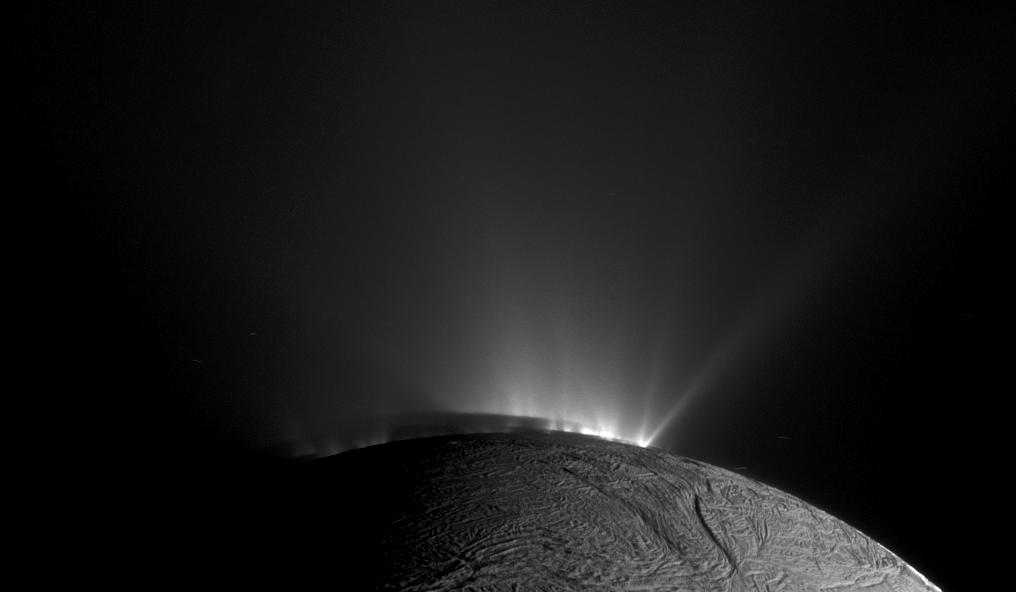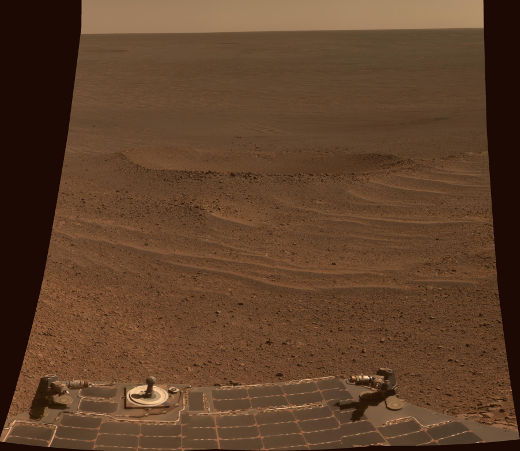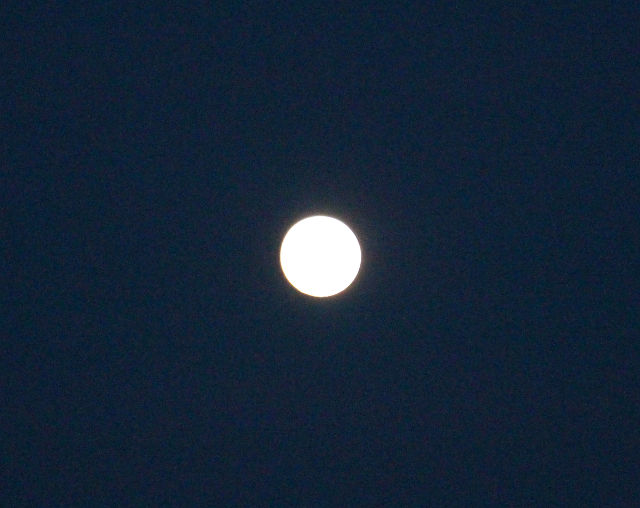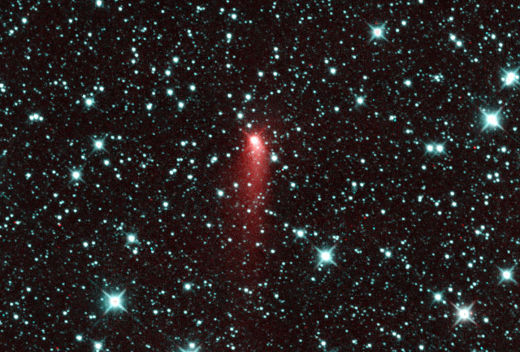
The Raditladi basin on Mercury is believed to be a relatively young formation, showing very few impact craters. The crater has a diameter of 257.7 km (160.1 miles). This eleven colour view of Raditladi was taken by the MESSENGER spacecraft using its Wide Angle Camera (WAC) and more clearly shows the depressions (also called hollows) within the basin, shown by the areas in white.



